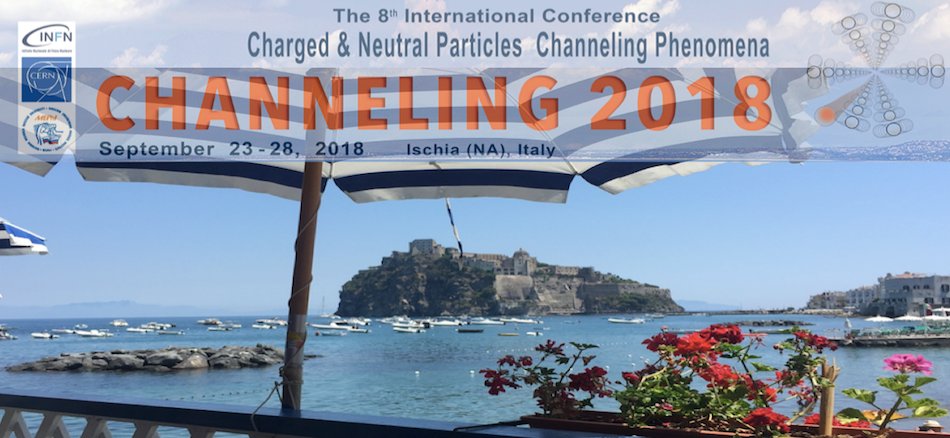Speaker
Egor Kurnikov
(NRNU MEPhI)
Description
Charged particle beams are now widely used in various fields of science, from basic and applied research to technology, in biomedicine and other fields. In this regard, an important task is to transport the beam to the object of investigation or processing. At present, the main technique to form the beams of charged particles is to use magneto-optical systems that are quite complex and require additional and powerful sources of energy. Since the middle of the 80s of last century glass capillaries have been used to handle X-ray and thermal neutron beams. The research, both theoretical and experimental, has been developing rapidly in the world in recent years, extending the use of capillary systems for charged particle beams.Interest in controlling charged beams by means of capillary structures is growing due to the development of technologies for manufacturing micro- and nanostructures and their successful application to the problems of radiations shaping. The theory of the passage of neutral particles through capillary structures is well known and is based on the formalism of particle channeling in crystals. Following the formalism of channeling physics, in this work the approximation for continuous potential of the reflecting surface used for the computer simulation of the process of charged particles passage through aligned capillary structures is applied for the first time.
The program (CapStruct) is implemented in its first version that allows simulating the motion of a beam down to capillary channels in dependence on both geometry of these structures and beam parameters. This program calculates and graphically depicts distributions of particles on the detector. Two computer models of particle-capillary interaction were constructed using approximation of continuous potential as well as approximation of elastic interaction of particles with a capillary inner surface. It is shown that for microcapillaries the simpler elastic scattering model is applicable with essentially good accuracy, and also for large database realized for large countable regions. It provides a significant performance gain in comparison with a more accurate continuous potential model. At first stage, all models are characterized by a significant simplification of the processes of beam interaction with a surface. The loss of energy at reflection, the influence of various fields induced by charged particles on a capillary surface will be taken into account in the next stage of the work.
Author
Egor Kurnikov
(NRNU MEPhI)
Co-authors
Mr
Alexey Dik
(Lebedev Physical Institute of Russian Academy of Science)
Prof.
Sultan Dabagov
(LNF)

